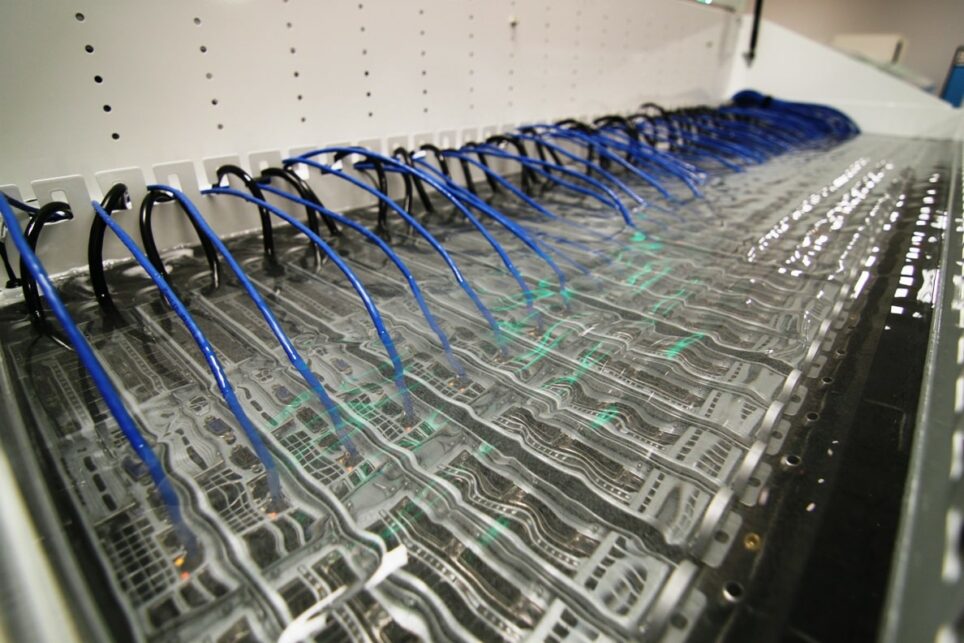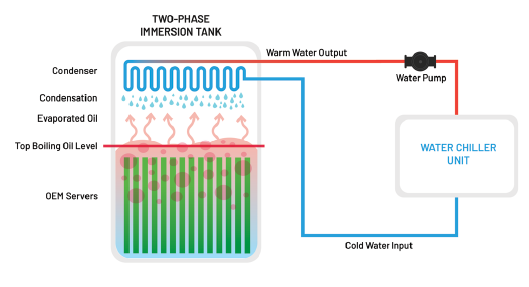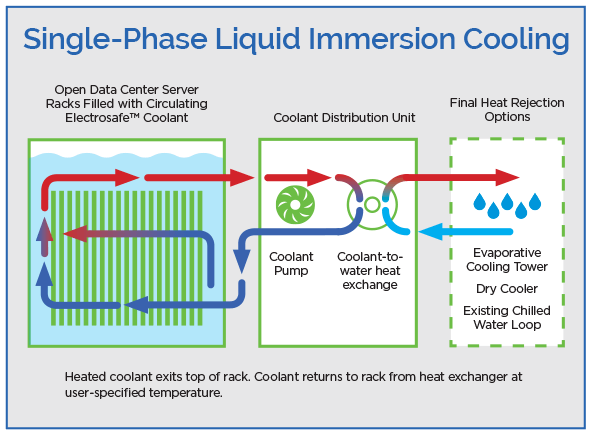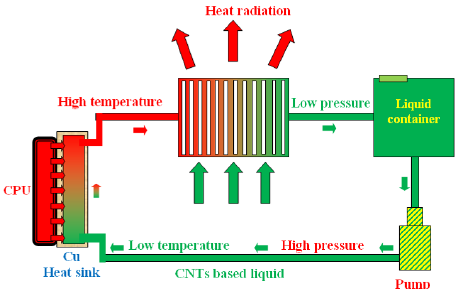Data Center Technology : Liquid Cooling Trend

Today’s data centers are more complex. The boom of reliance on IT services in the past few years has led to greater demands. With new workloads, greater density, and high reliance on data, the data center industry is challenged to leverage density and space while scaling critical resources. A data center is a facility that houses IT equipment and systems that require an appropriate cooling and power design. IT equipment generate vast amounts of heat which must be removed by an efficient cooling system. The main purpose of the cooling system is to maintain the correct environmental conditions for the IT equipment operation. Air cooling is the cooling system of choice for data centers, but with advances in technology, there are new cooling systems starting to take the interest of data center designers. One of these is the idea of liquid cooling, or submersion cooling.

The Challenge of Data Center Cooling
Air Cooling vs Liquid Cooling
- Air Cooling
- Liquid Cooling Trend
Liquid Cooling Trend In Data Centers
Immersion Cooling

Immersion cooling can be done in a single or two-phase system. The server is encased in a sealed chassis with single-phase immersion cooling, and the system can be configured as a rackmount or stand-alone system. The server is immersed in the liquid during two-phase immersion cooling, but the liquid changes state during the cooling process. The water circuit and heat exchanger remove the heat when the fluid heats up and condenses.

Direct to Chip Cooling

Why Consider Liquid Cooling?
- Increasing chip and rack densities, as well as decreased latency requirements, the use of GPU, and increased CPU power consumption.
- The budgetary consequence of the need to reduce energy consumption.
- Liquid cooling allows you to fit more computing power into less space, allowing you to utilize previously unused grey space or non-traditionally structured IT space.
- When you utilize immersive liquid cooling to insulate servers from the environment, you can still house IT in harsh areas. Water is no longer something that can be taken for granted, and liquid cooling dramatically reduces the requirement for water.
How AKCP Keeps Track Of The Trend
AKCP monitors your data center’s cooling and environmental controls to ensure the safety of your gear and optimal operating conditions. Preventing hardware failures and shutdowns due to poor data center conditions keeps costs down
Temperature Sensors
A wireless temperature sensor or K-type thermocouple is used to record and measure the temperatures of the server surface, liquid bath, and intake and exit coolant inside the coils.
Water Leak Sensor
The cooling system may also include water leak detection sensors to detect a coolant leak, and a control system coupled to the leak detection system. The control system may be configured to take remedial action when the coolant leak is detected by the leak detection system.
Wireless Valve Motor Control
Wireless, remote monitoring, and control of motorized ball valves in your water distribution network. Check status and remotely actuate the valves. Receive alerts when valves open and close, or automate the valve based on other sensor inputs, such as pressure gauges or flow meters.

One Response